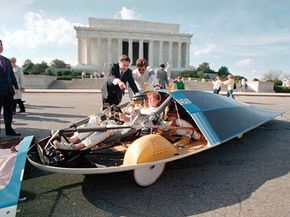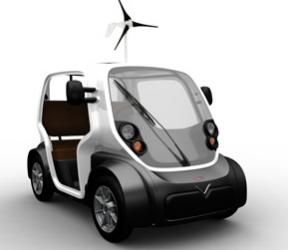In 1986, at a time when gas was still less than $1 a gallon (about 26.3 cents per liter), General Motors CEO Roger Smith contracted Paul MacCready and his company AeroVironment, Inc. to build a solar-powered car in less than one year's time. What was the purpose? Smith wanted GM to compete in the inaugural World Solar Challenge, a sun-powered 1,864-mile (3,000-kilometer) trek across the continent of Australia.
In 1986, solar power was nothing new. In the wake of the energy crisis of the 1970s, solar energy research was a highly specialized field and a growing industry. For MacCready though, building land vehicles was something new. An already established innovator of alternative energy, in particular solar power, MacCready's team was renowned for its use of exotic materials in building lightweight, experimental aircraft. But building a road-going vehicle able to withstand the ruthless heat and conditions of Australia's outback proved a new challenge.
Advertisement
Ironically, the story of the Sunraycer initially had a happy ending, but in retrospect, it may be a tragic example of one company’s lack of foresight and misunderstanding of global trends and demand. This article documents the story of the Sunraycer, its triumph and what the world learned from it in the years following its greatest day.
Up next, we'll learn about the World Solar Challenge and the inception of the concept.
Advertisement



